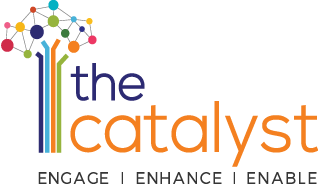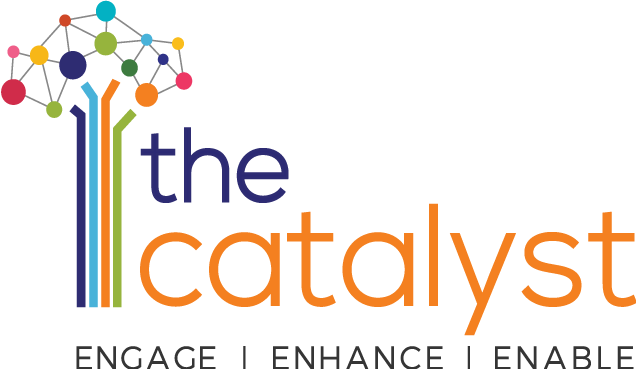Allowing people to grow is a key responsibility of all organizations. It is not only a way to build engagement and boost productivity amongst employees, but also a means to attract new talent and retain key employees. They start seeing your organization as one which genuinely cares for people and grooms people.
But, with so many performers, especially in FMCG Sales Teams, how does one identify who to move to the next ladder of growth in the most accurate way?
The Catalyst team was posed with such a challenge by a leading FMCG company, to assess 21 sales executives, and identify the candidates who are best suited, currently, to move to a managerial role. The 21 executives were represented across different sales channels like:
- General Trade
- Modern Trade
- E-commerce
- Institutional Sales
Stepwise approach
For every assessment in an organization, it is imperative for the assessors to measure behaviors against desired competencies. This allows to remove all kinds of bias of past performance and allows to assess candidates based on future behaviors. After all, past performance is what has earned them the nomination to go through the assessment center.
The Catalyst team came up with the following step wise approach to the assessment centre:
Step 1: Identifying the key competencies required for the managerial role.
A detailed understanding of the key competencies for sales leaders was created for the client through stakeholder interviews. This meant listing down the final list of most important competencies to be measured and an understanding of the behavioral indicators of each competency at different levels.
It is important to note that for a reliable assessment center, not more than 5 competencies must be chosen. The competencies arrived at were:
- Agility & Result Orientation
- Data Analysis and Planning
- Sales Excellence
- Customer Centricity
- Leadership Skills
Step 2: Breaking the competencies into key themes
The next step was to break up the competencies into broad themes. A maximum of 4 themes were identified for each competency. Breaking down the competency into themes, helps assessors to design activities that can bring alive some behaviours and also helps assessors to identify these as they emerge.
As an example, Leadership competency would be broken up into the following key themes:
- Competency: Leadership
- Key Themes:
- Enhancing Team Performance
- Goal Setting
- Delegating Effectively
- Cross Functional influencing and partnering
- Key Themes:
Now these themes allow us to design activities that will have in built triggers to allow the competency related behaviours to emerge. This then allows us to measure candidates across various facets of the competency. The themes are the most likely facets that cover a competency.
Step 3: Assigning behaviour descriptors for each theme
Each theme is now broken down into 4 levels of behaviours along with scores. This allows assessors to evaluate the candidate very objectively, purely based on behaviours demonstrated in the course of the event under which they are being assessed. The four levels are:
- Undesirable
- Beginner
- Intermediate
- Proficient
Step 4: Designing a Competency Tool Matrix
Now that we got clarity on the competencies and deeper behaviors, it was time to decide what tools can most efficiently capture these behaviors in an unbiased manner. It is advisable to use between 3-5 tools for an impactful assessment center. The Catalyst team came up with the following tools:
- Case Study (Customised for each channel type, to give each candidate a fair chance)
- Role Play
- Simulated game
- Behavioral Event Interview (BEI)
The step does not stop at only identifying the tools but also identifying which competencies each will measure. The broad guideline used was:
- Each tool will measure not more than 3 competencies
- Each competency will be measured by at least 2 tools
Step 5: Designing of each tool
Based on the above-defined matrix, now, each tool is designed to help assess the competencies and behaviors as accurately as possible. This is the most critical aspect of the design as it has to ensure that enough triggers are present in the design to bring up behaviors in the AC.
A sample output of this exercise is as below:
| Tools | Duration | Competencies Assessed | About the tool |
| Simulated Game | 1 hour per group of 4 members | · Agility & Result Orientation
· Data Analysis & Planning · Sales Excellence |
Each participant is given a writeup of a product brief. They need to come to an agreement on allocation of production time to different products and achieve target production in stipulated time |
Step 6: Defining day plan for each participant
Once all the tools are in place, a day design needs to be created which provides a clear, unambiguous view of what each participant will be doing at a particular time during the day.
Various factors are considered here, like ensuring minimum to zero interaction between participants of a particular activity and those who have not yet done the activity. This is done by ensuring everyone is doing something at a particular time, with the exception of the BEI.
A day plan is created for each participant and each assessor also has the details of each activity and participant.
Step 7: Preparing Assessor Observation Sheets
The assessors are not familiar with the participants and are naturally unbiased. However, to help them assess in an objective manner, a detailed observation sheet is created and the following principles are used:
- ORCE principle:
- Observing and Recording of demonstrated behaviors in AC tool
- Classification and Evaluation of behaviors on a rating scale
- Avoiding Rating Biases and errors
- Calibration with other assessors
Step 8: Conducting the Assessment centre
The D-Day is here and it is time to execute the assessment center. The program runs as per the day plan and the assessors who are pre-trained will be filling up the observation sheets. The participants are kept comfortable throughout the process. It is advisable not to create a stressful environment during an assessment centre.
A good practice before kicking off an assessment center would be an address from a senior leader in your organization.
Step 9: Discussion, Calibration, Overall observations & Feedback
Post completion of all activities, all assessors sit together and discuss recorded behavioral observations of each candidate. It is important to note here, that the design is such that each candidate is exposed to as many different assessors as possible, so as to reduce bias from a previous activity. Based on the discussion, a final rating is arrived at and overall observations are recorded. These observations and suggestions for development are provided in a detailed report format to the participant.
Step 10: Creation of Individual Development Plan
Depending on the strengths and gaps as demonstrated in the DC, the assessor, participant and manager came together to create an IDP for each candidate to help them leverage their strengths better and overcome their gap areas.
The Catalyst Training team has been successfully running assessment centers for organizations. We have a panel of seasoned assessors from multiple industries and our variety of game-based learning tools allows us to bring in novelty to the assessment centers, making the activity enjoyable for participants, at the same time, effective.



